Konstantin Sozykin
NNTile: a machine learning framework capable of training extremely large GPT language models on a single node
Apr 17, 2025Abstract:This study presents an NNTile framework for training large deep neural networks in heterogeneous clusters. The NNTile is based on a StarPU library, which implements task-based parallelism and schedules all provided tasks onto all available processing units (CPUs and GPUs). It means that a particular operation, necessary to train a large neural network, can be performed on any of the CPU cores or GPU devices, depending on automatic scheduling decisions. Such an approach shifts the burden of deciding where to compute and when to communicate from a human being to an automatic decision maker, whether a simple greedy heuristic or a complex AI-based software. The performance of the presented tool for training large language models is demonstrated in extensive numerical experiments.
TTOpt: A Maximum Volume Quantized Tensor Train-based Optimization and its Application to Reinforcement Learning
Apr 30, 2022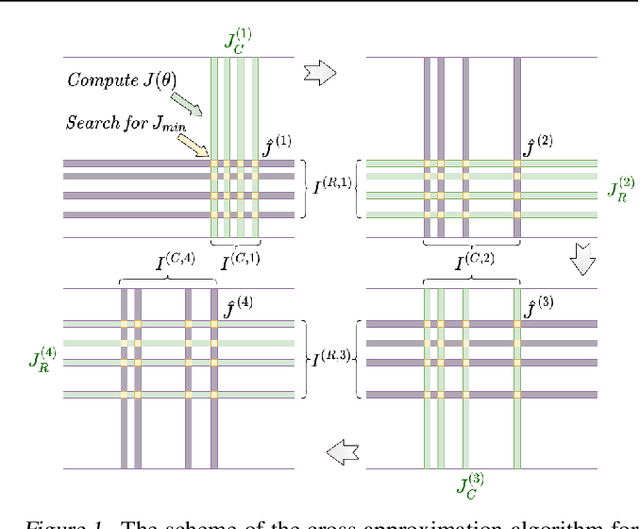

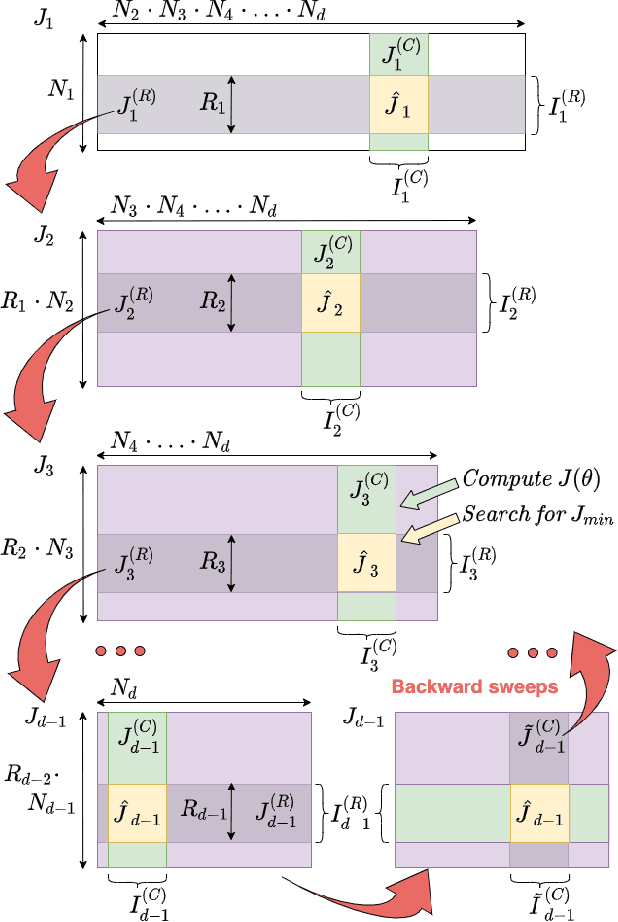
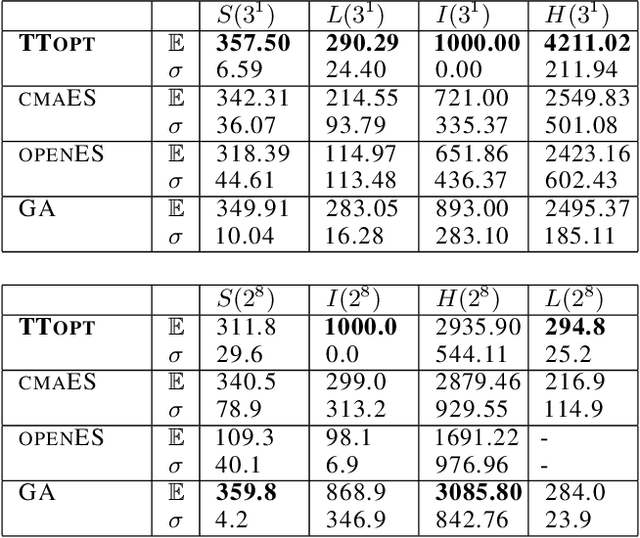
Abstract:We present a novel procedure for optimization based on the combination of efficient quantized tensor train representation and a generalized maximum matrix volume principle. We demonstrate the applicability of the new Tensor Train Optimizer (TTOpt) method for various tasks, ranging from minimization of multidimensional functions to reinforcement learning. Our algorithm compares favorably to popular evolutionary-based methods and outperforms them by the number of function evaluations or execution time, often by a significant margin.
Stable Low-rank Tensor Decomposition for Compression of Convolutional Neural Network
Aug 12, 2020
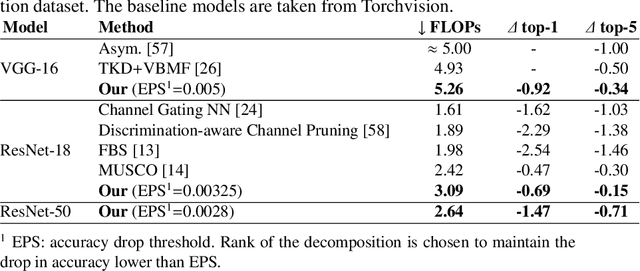

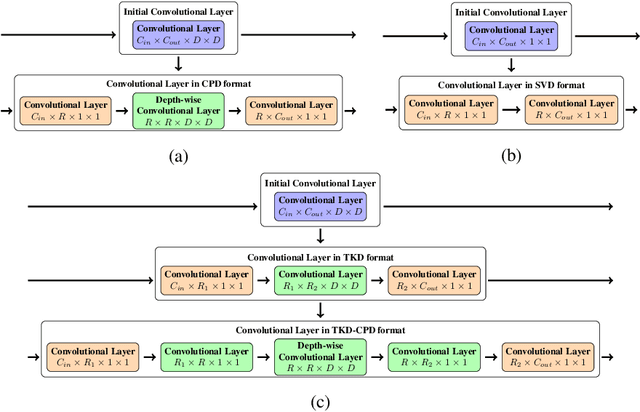
Abstract:Most state of the art deep neural networks are overparameterized and exhibit a high computational cost. A straightforward approach to this problem is to replace convolutional kernels with its low-rank tensor approximations, whereas the Canonical Polyadic tensor Decomposition is one of the most suited models. However, fitting the convolutional tensors by numerical optimization algorithms often encounters diverging components, i.e., extremely large rank-one tensors but canceling each other. Such degeneracy often causes the non-interpretable result and numerical instability for the neural network fine-tuning. This paper is the first study on degeneracy in the tensor decomposition of convolutional kernels. We present a novel method, which can stabilize the low-rank approximation of convolutional kernels and ensure efficient compression while preserving the high-quality performance of the neural networks. We evaluate our approach on popular CNN architectures for image classification and show that our method results in much lower accuracy degradation and provides consistent performance.
Multi-label Class-imbalanced Action Recognition in Hockey Videos via 3D Convolutional Neural Networks
May 03, 2018



Abstract:Automatic analysis of the video is one of most complex problems in the fields of computer vision and machine learning. A significant part of this research deals with (human) activity recognition (HAR) since humans, and the activities that they perform, generate most of the video semantics. Video-based HAR has applications in various domains, but one of the most important and challenging is HAR in sports videos. Some of the major issues include high inter- and intra-class variations, large class imbalance, the presence of both group actions and single player actions, and recognizing simultaneous actions, i.e., the multi-label learning problem. Keeping in mind these challenges and the recent success of CNNs in solving various computer vision problems, in this work, we implement a 3D CNN based multi-label deep HAR system for multi-label class-imbalanced action recognition in hockey videos. We test our system for two different scenarios: an ensemble of $k$ binary networks vs. a single $k$-output network, on a publicly available dataset. We also compare our results with the system that was originally designed for the chosen dataset. Experimental results show that the proposed approach performs better than the existing solution.
 Add to Chrome
Add to Chrome Add to Firefox
Add to Firefox Add to Edge
Add to Edge